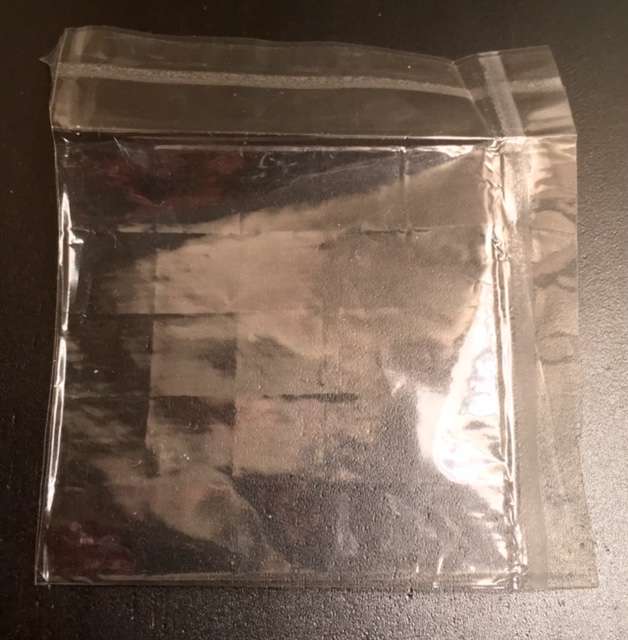That is so true, and something I completely overlooked. I've seen old, brittle plastic bags, and neglected to make the connection to the ones holding my compounds. I'm going to have to get some glass. Some of those chems have been in the original bag for 5+ years now.
I read that story about the sealed Delysid, but I wonder. Even though it was sealed brown glass at room temperature, was it in any way evacuated (vacuum) or under inert atmosphere (nitrogen or argon), or was it just plainly sealed with room air?
I keep my things in a dessicated (lots of oven dried epsom salts in the bottom of the) big, white HDPE pill bottle, protected from light sources. I used to keep it in the freezer, and did the whole 'warm for a few hours before opening' thing, but for the last couple years I've just kept the jar at room temp.
The only one I can visibly see any degradation at all is my aMT freebase. It's in a plastic bag, but unlike the others I wrapped the bag in aluminum foil. It used to be printer paper white, and now it's off-white (after about 4 years), slowly going in the direction of browning. So I need to take another measure to ensure its survival.
The one I'm most concerned with is the LSD. I can't visibly see degradation because it's on blotter paper. The blotter paper is wrapped in aluminum foil and the foil is in a plastic bag, in the dessicated pill bottle at room temperature. The environment is dry, but I wonder about the effects of oxygen.
The thing with LSD is that the only way of knowing my dose is through a 'somewhat reliable' information channel that they were initially laid at 100ug per 1/4"^2. Having an underdose and trying to guess the current content would be a pain.
Like many others, LSD is one of those things where my stock is all I have and can't get more, so I have to preserve what I have and maintain dosing info. I wish I was in NL; give a lab a tab and get a number in return.







